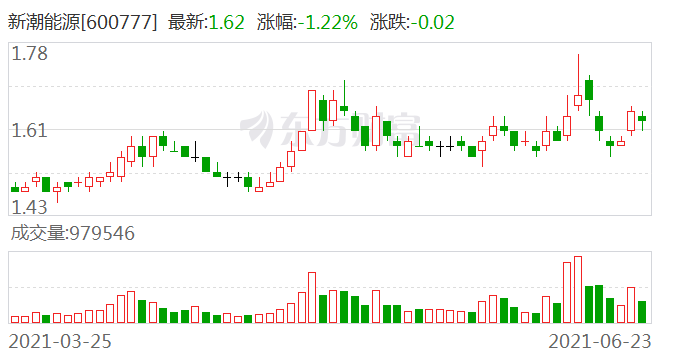摘要:本文深入分析了通过数据设计预防慢性疾病的方法,并强调了迅速执行设计计划的重要性。文章指出,有效利用数据设计能够精准识别疾病风险因素,制定针对性的预防措施。迅速执行设计计划对于提高预防效果、降低慢性疾病发生率具有关键作用。文章最后以“碑版89.43.28”行动计划为例,展示了数据设计在预防慢性疾病方面的实际应用和潜力。
In today's world, the prevalence of chronic diseases has become a global concern. To combat this menace effectively, it is imperative to adopt proactive measures that are focused on prevention. Data design, an integral part of modern healthcare systems, holds the key to understanding the intricacies of chronic diseases and devising effective strategies for prevention.
What is Data Design?
Data design is the process of organizing, analyzing, and presenting data in a way that is meaningful and actionable for decision-making. In the context of healthcare, data design involves the utilization of vast amounts of health-related data to identify patterns, trends, and risk factors associated with chronic diseases.
How Data Design Can Help Prevent Chronic Diseases
1、Understanding Risk Factors: Data design helps in identifying the various risk factors associated with chronic diseases by analyzing large datasets. This analysis reveals patterns that indicate the likelihood of certain individuals developing chronic conditions based on their lifestyle, genetic, environmental, and other factors.
2、Targeted Prevention Strategies: By understanding the risk factors, data design enables health organizations to develop targeted prevention strategies. For instance, if a particular community is found to have a high prevalence of heart disease due to poor dietary habits, the health organization can design intervention programs that focus on improving nutrition education and access to healthy food options.
3、Monitoring and Evaluation: Data design helps in monitoring the progress of prevention programs and evaluating their effectiveness. By tracking key indicators over time, health organizations can identify which strategies are working and make necessary adjustments to improve outcomes.
4、Personalized Healthcare: With the advent of precision medicine, data design enables personalized healthcare approaches that consider an individual's unique genetic, environmental, and lifestyle factors. This approach allows for more effective prevention strategies tailored to specific populations or individuals.
Insightful Analysis Using Data Design (Keyword: 28.49.35)
Let's consider a hypothetical scenario where we have a dataset with the code 28.49.35 representing a specific group of individuals at risk for developing a chronic disease. Using data design techniques, we can analyze this dataset to gain insights about this group's characteristics, including age, gender, lifestyle habits, genetic markers, and environmental factors. By analyzing these factors, we can identify patterns that indicate why this group is at high risk and develop targeted prevention strategies accordingly.
Moreover, by tracking key indicators over time using data design tools, we can monitor the progress of our prevention programs and make necessary adjustments to improve outcomes. This approach allows us to continuously refine our strategies based on real-time data, ensuring that our efforts are as effective as possible in preventing chronic diseases within this high-risk group.
In conclusion, data design holds tremendous potential for preventing chronic diseases by enabling targeted and personalized approaches that consider an individual's unique characteristics and risk factors. By utilizing data design techniques, we can gain valuable insights from vast amounts of health-related data, develop effective prevention strategies, monitor progress, and make necessary adjustments to improve outcomes. Ultimately, this approach can lead to a significant reduction in the prevalence of chronic diseases and improve the overall health and well-being of society.



